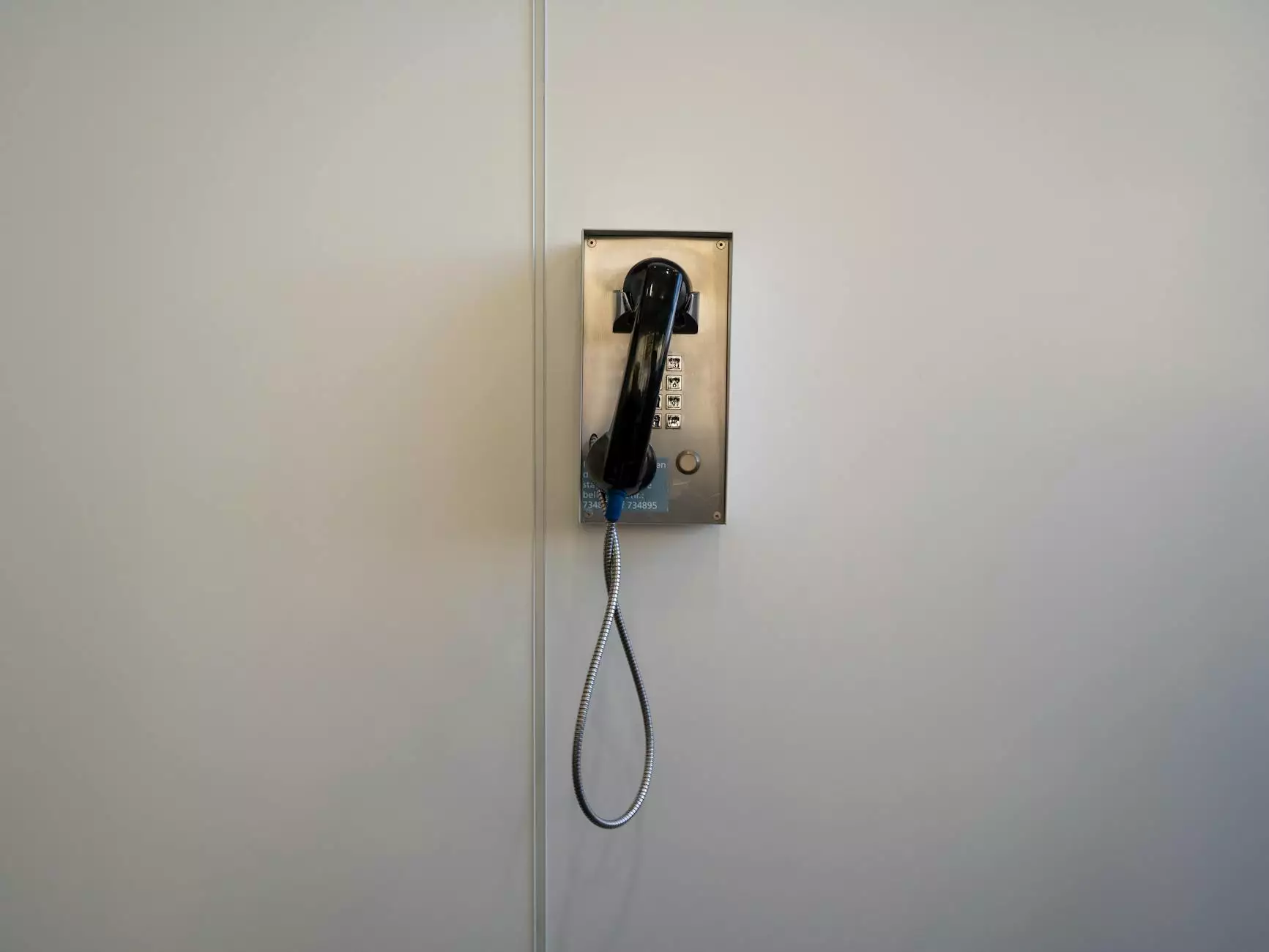Understanding the Oxygen Concentrator: A Comprehensive Guide

In the realm of home health care and medical devices, understanding the tools available for health management is crucial. One such tool that has gained prominence is the oxygen concentrator. In this article, we will define the oxygen concentrator, delve into how it functions, its various types, and its benefits for individuals needing respiratory support.
What is an Oxygen Concentrator?
To define oxygen concentrator, it is a medical device designed to deliver concentrated oxygen to individuals with respiratory issues. Unlike traditional oxygen tanks that store oxygen under pressure, oxygen concentrators extract oxygen from the surrounding air, concentrating it for therapeutic use. This innovation not only provides a continuous supply of oxygen but also eliminates the need for refills, making it a convenient choice for ongoing treatment.
How Does an Oxygen Concentrator Work?
The mechanics behind an oxygen concentrator are fascinating yet straightforward. Here’s a step-by-step breakdown of how these devices operate:
- Air Intake: The concentrator takes in air from the environment. The surrounding air consists of approximately 78% nitrogen and 21% oxygen, with trace amounts of other gases.
- Filtration: The air goes through multiple filters to remove pollutants, dust, and other impurities.
- Separation Process: The filtered air enters a system of molecular sieve beds that separate nitrogen from oxygen. This is done using a method called Pressure Swing Adsorption (PSA), which allows for the selective absorption of nitrogen molecules.
- Oxygen Delivery: The resultant oxygen-rich air is then delivered to the patient through a nasal cannula or a mask, providing the necessary oxygen for therapeutic use.
Types of Oxygen Concentrators
Oxygen concentrators come in various models to cater to different needs. Here are the primary types:
- Portable Oxygen Concentrators: These are compact and lightweight, designed for users who need oxygen therapy while on the go. They are battery-operated, making them ideal for travel.
- Stationary Oxygen Concentrators: Typically larger and more powerful, these are used at home. They are designed for those who require continuous oxygen supply and are not intended for mobility.
- Dual-Function Concentrators: These devices can operate as both portable and stationary, offering versatility for various environments.
Benefits of Using an Oxygen Concentrator
Using an oxygen concentrator offers numerous advantages, particularly for individuals suffering from chronic respiratory diseases like COPD, asthma, or restrictive lung diseases:
- Convenience: Oxygen concentrators provide a constant supply of oxygen without the need for frequent refills.
- Cost-Effective: Over time, concentrators can be more economical than purchasing oxygen tanks.
- Safety: Unlike tanks that can be at risk for leaks and explosions, oxygen concentrators are generally safer to use.
- Increased Mobility: Portable options allow individuals to lead active lifestyles while ensuring they receive the oxygen they need.
- Adjustable Flow Rates: Many concentrators allow users to adjust the oxygen flow rate to meet their specific needs.
Are Oxygen Concentrators Suitable for Everyone?
While oxygen concentrators are beneficial for many, they are not suitable for every individual. Consultation with a healthcare provider is essential to determine if oxygen therapy is necessary. Factors that influence this decision include:
- Type of Respiratory Condition: Some conditions may require different methods of oxygen delivery.
- Severity of Condition: Individuals with mild symptoms may not need supplemental oxygen at all.
- Mobility Needs: Those who travel frequently might benefit more from portable concentrators.
Maintenance and Care of Oxygen Concentrators
To ensure optimal performance and longevity of an oxygen concentrator, proper maintenance is key. Here are some essential tips:
- Regular Cleaning: Dust and dirt can clog the filters, so it's important to clean them regularly as per manufacturer guidelines.
- Replace Filters: Depending on usage, filters should typically be replaced every few months to maintain efficiency.
- Service Checks: Schedule regular maintenance checks with a qualified technician to ensure the device is functioning correctly.
- Monitoring Performance: Be attentive to any changes in the flow rate or sound of the device, as these could indicate issues requiring prompt attention.
Conclusion
In conclusion, the oxygen concentrator is an invaluable tool in the arsenal of home health care, providing essential oxygen therapy for those in need. Understanding how to define oxygen concentrator is crucial for both patients and caregivers, ensuring that patients receive the best possible care. With the right knowledge and proper use, oxygen concentrators can significantly enhance the quality of life for those with respiratory conditions.
For more information on oxygen concentrators and other health care solutions, explore our offerings at raaroxy.com.









